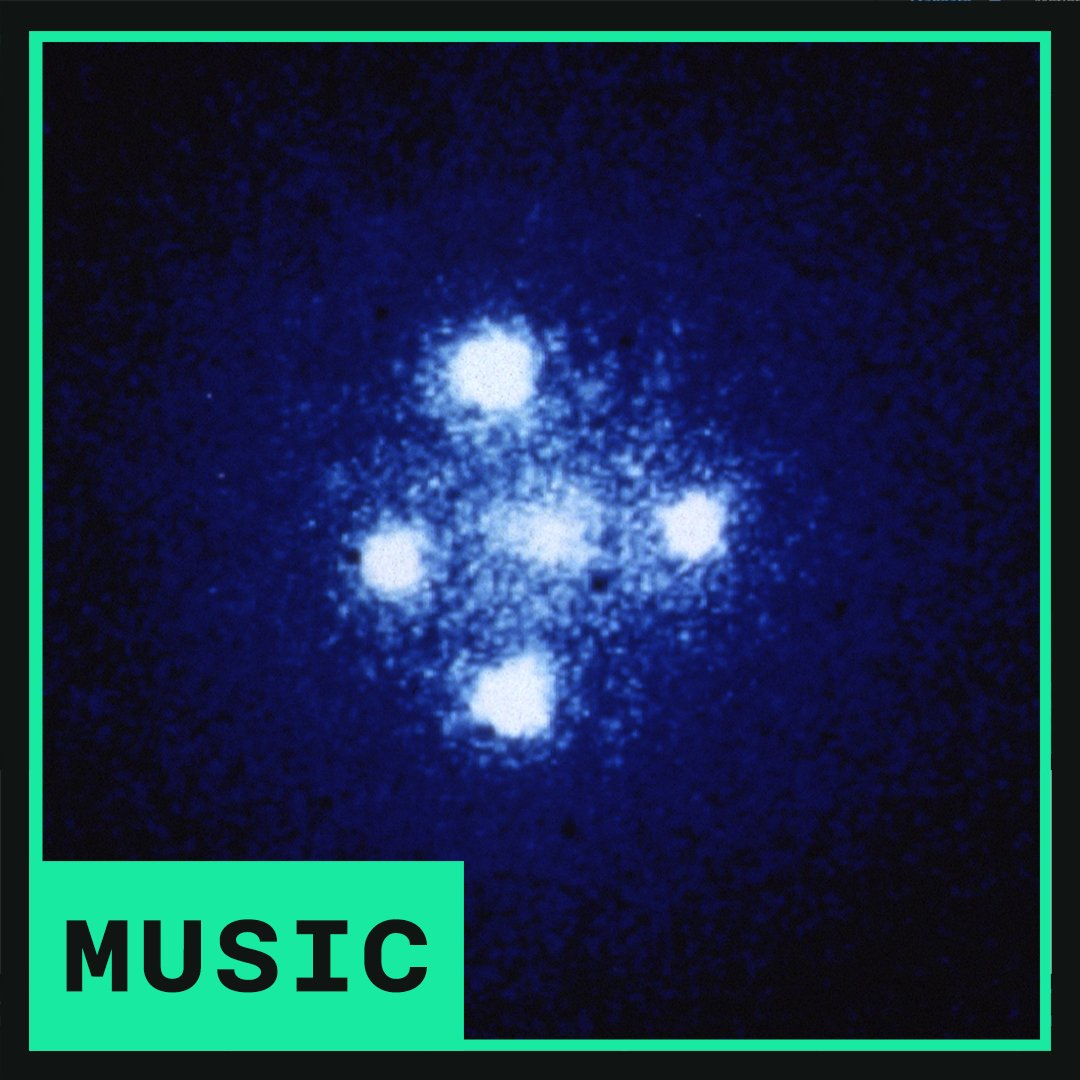The vastness of the cosmos is home to unexpected outcomes, unseen observers, and improbable anomalies.




